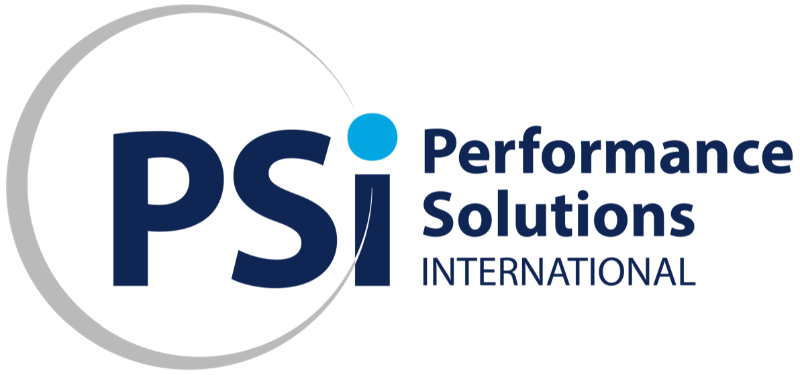Following up on my post a couple of weeks ago on Digital Disruption in Financial Services, today I’m going to talk briefly about analytics in financial services.Analytics refers to the processes and technology used to collect, organize and analyze large data sets to identify patterns and correlations in the underlying data. Financial institutions use analytics (also referred to as data analytics and business analytics) to make better business decisions.
Types of Analytics
There are many different types of analytics, including:
- Financial or performance analytics, used to evaluate and project the financial performance of products, channels, customer segments, business units and geographic regions
- Risk analytics, used to support risk management
- Customer analytics, used to better understand customers and their needs
- Marketing analytics, used to optimize marketing campaigns
- Pricing analytics, used to price products
- Operational analytics, used to monitor operations and identify opportunities for improvement
Levels of Analytics
Analytics can also be defined by their level of sophistication:
- Basic analytics
- Basic analytics are analytics that are descriptive or diagnostic in nature
- Basic analytics are designed to help users assess current conditions or better understand what has happened in the past
- Basic analytics often include key performance indicators (KPIs)
- Technology used to produce basic analytics includes reporting dashboards, business intelligence, data mining, data visualization and other similar tools
- Most basic analytics can be produced by business users who are not analytical experts
- Advanced analytics, which include:
- Predictive analytics
- Predictive analytics are sophisticated analytics that produce predictions about what is likely to happen in the future
- Predictive analytics identify potential outcomes by comparing data inputs to historical experience and are used to support decision-making
- Predictive analytics leverage advanced modeling techniques, such as regression analysis and multivariate statistics
- As a result, predictive analytics require specialized tools and knowledge to develop and use
- Prescriptive analytics
- Prescriptive analytics prescribe an action to take and are used to support judgment-intensive tasks
- Prescriptive analytics lean heavily on cognitive computing, and are sometimes referred to as cognitive analytics
- Predictive analytics
Use of Analytics
The use of analytics in the financial services industry is growing quickly, driven by the increasing sophistication of analytics. This increasing sophistication is the result of:
- The expansion of data (including big data) available for analysis
- Ongoing increases in computing power
- Advances in data science, including statistical modeling techniques and behavioral economics
- The evolution of machine learning and artificial intelligence
What are your thoughts?
Please share your thoughts on analytics and their role in financial services. I’d love to hear from you!
About the Author
David Tompkins is a founding partner at Performance Solutions International (PSI) and has spent over 30 years providing training and consulting services for the financial services, technology and health care industries. Connect on LinkedIn
Performance Solutions International (PSI)
PSI is the leading provider of industry-focused performance improvement services that empower your professionals with the knowledge, skills and tools they need to succeed in today’s highly competitive environment.
Learn more about PSI’s industry curriculums and industry wikis.
SHARE THIS POST

